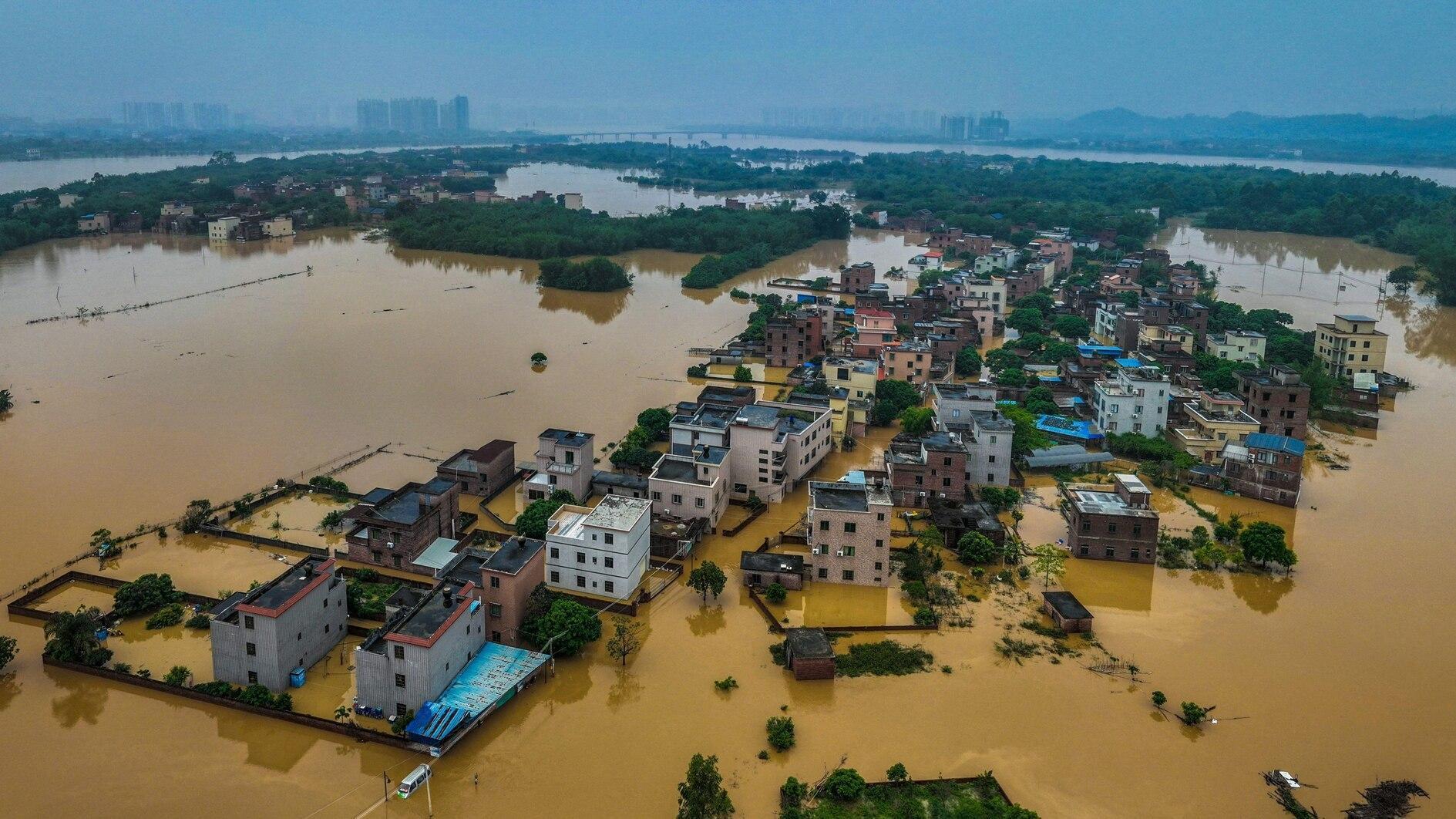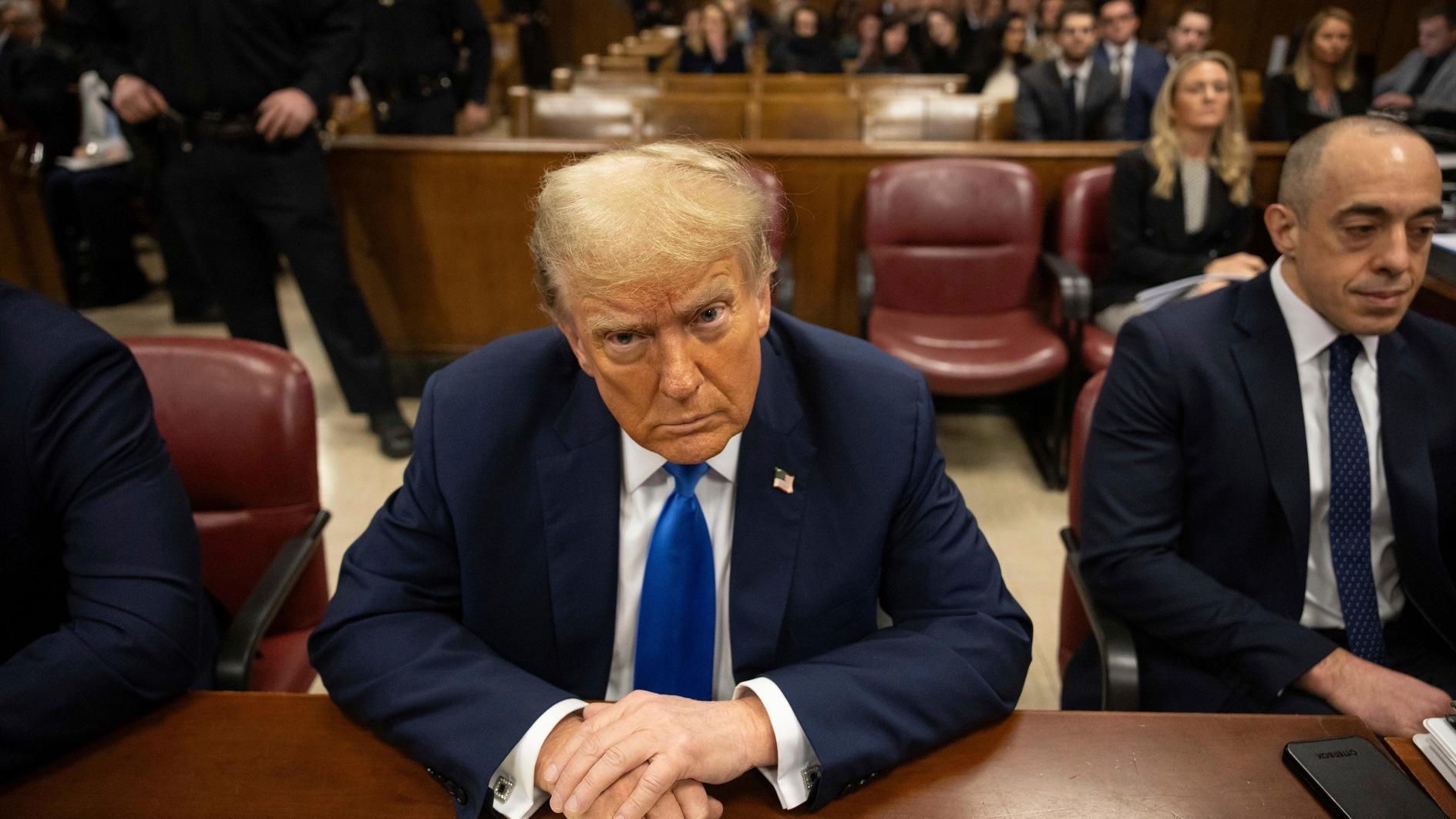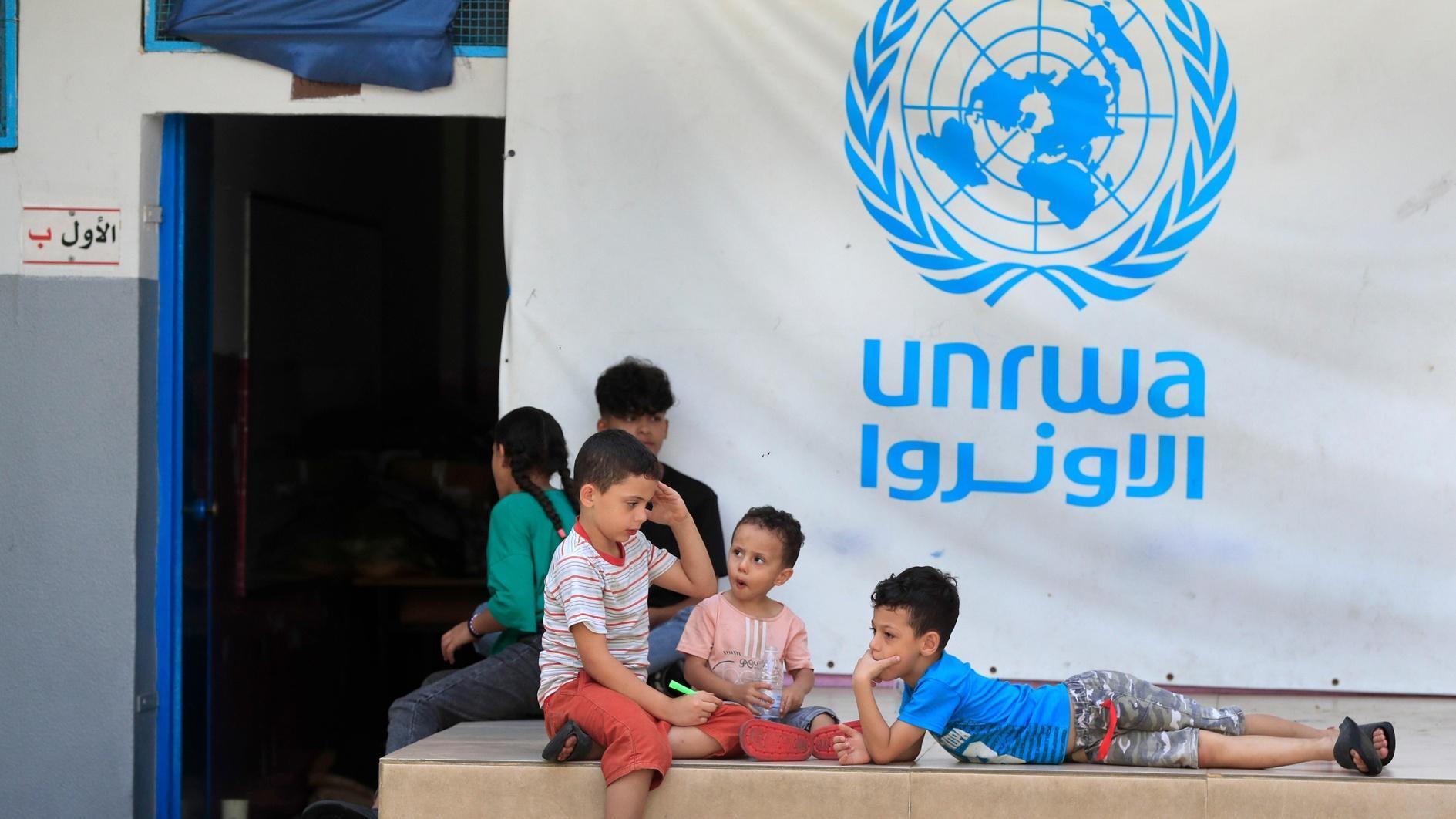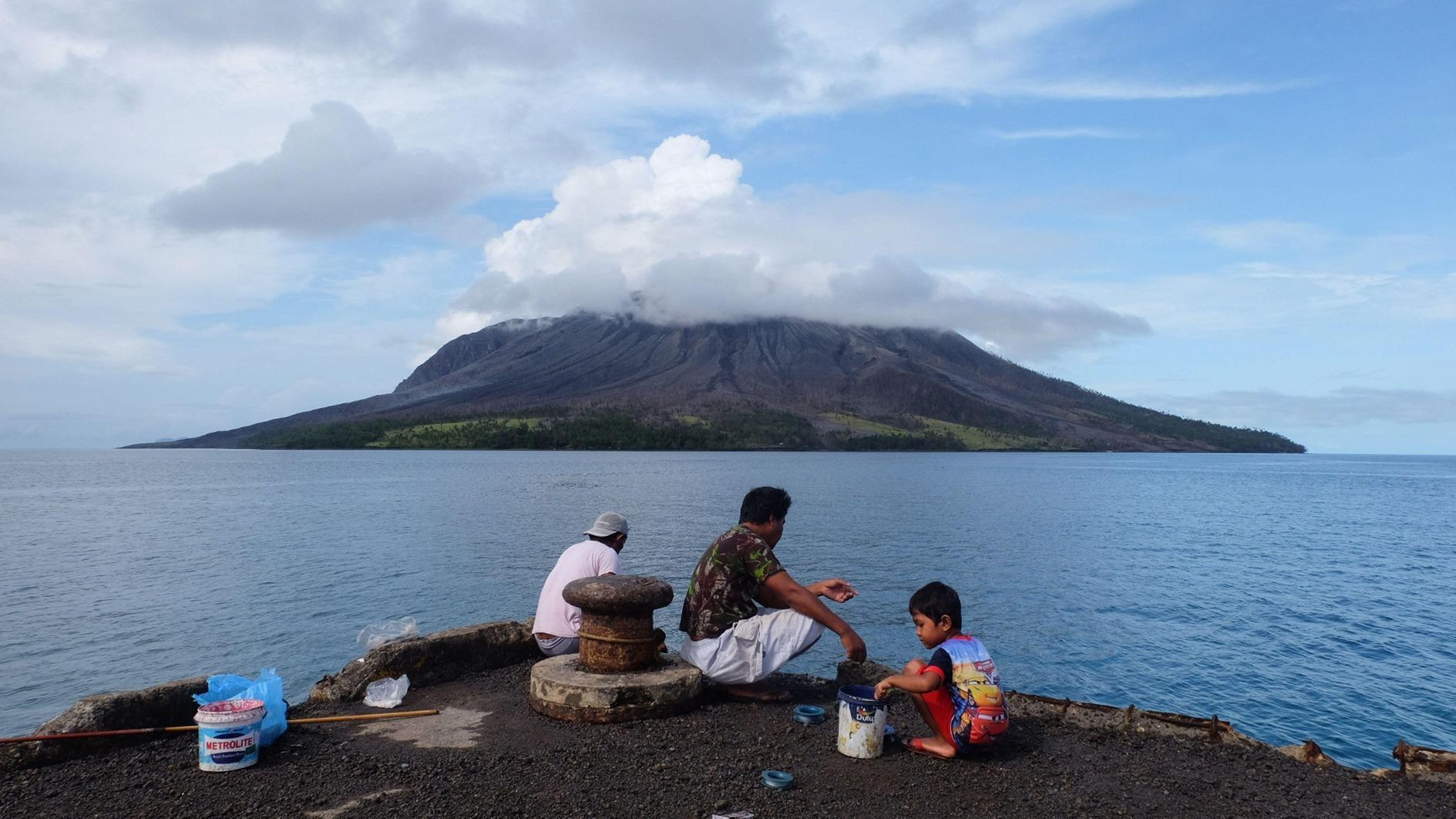A massacre by any other name
Tomorrow is the anniversary of horrible events which turn the table on ultranationalist Armenians whose life ambition is to demonize Turks as “natural-born killers.”
Twenty years ago hundreds of Azeri civilians (the number if not the event remains disputed), including women, children and the aged were brutally murdered by Armenian forces and CIS troops from the 336th Motor Rifle Regiment.
These civilians were fleeing the fighting between Azeri and Armenian forces over the strategic town of Khojaly during the war over Nagorno-Karabakh. The Moscow-based Memorial Human Rights Center and Human Rights Watch are among the international watchdog groups that prepared reports on the incident, and which belie most Armenian claims.
However there are also Armenians who do not deny what was done on Feb. 25-26 in Khojaly in 1992. One of them is Markar Melkonian, the brother of Armenian military leader Monte Melkonian. He is on record saying “Khojaly had been a strategic goal, but it had also been an act of revenge” against Azeris over previous bloody events in the city of Sumgait.
Helsinki Watch, for its part, concluded that there were some armed people in military uniforms among the massacred people. Other international organizations, including Human Rights Watch, nevertheless underscored the fact that any attacking party has to stop the attack if civilians are in the line of fire.
Meanwhile, the most chilling remark on record – and an incriminating one at that – about the incident is attributed to today’s Armenian president, Serzh Sargsyan, who originates from Nagorno-Karabakh. Thomas de Waal, in his book “Black garden: Armenia and Azerbaijan through peace and war,” quotes Sargsyan as saying the following – with a discernible sense of triumphalism to boot:
“Before [Khojaly], the Azerbaijanis thought that they were joking with us, they thought that the Armenians were people who could not raise their hand against the civilian population. We were able to break that [stereotype]. And that’s what happened. And we should also take into account that amongst those boys were people who had fled from Baku and Sumgait.”
When first reading these remarks I felt I was listening to some “İttihadist of yore,” even Talat Paşa himself, talking about events that happened a century ago. The basic line of argumentation, even the triumphalist tone, carries uncanny similarities.
It appears then that no one has a monopoly on vengeful sentiments and the sense of “we showed them what is what,” even if those “who saw what is what” happened to be civilians brutally killed on a snowy mountain ridge in the middle of the Caucasian winter, or on some dirt track leading to a parched Syrian desert.
I don’t intend to jump into the ongoing and futile debate about whether Khojaly was an “act of genocide” or “a massacre.” The Recep Tayyip Erdoğan government sees it as a massacre, while the opposition in Turkey says it was genocide.
From me as a Turk, the bottom line is that “a massacre is a massacre by any other name,” no matter how one may try to shroud it with various arguments, and if an international court of justice has decided that it was in fact genocide, which is a legal term, then we have to accept this.
The ugly and much more relevant fact however is that there is so much continuing enmity between Turks and Armenians and between Azeris and Armenians, which is embedded deeply in the daily cultures of these nations, that the “bloodlust of the beast” has not been sufficiently satiated yet for sensible people to rise on all sides and say, “We have to find a better way out.”
Sadly, what one historian has termed “the longest blood feud of the 20th century” could take another century to be overcome before those sensible people emerge, especially when one sees the sentiments of hatred expressed on a tragic anniversary such as this.











